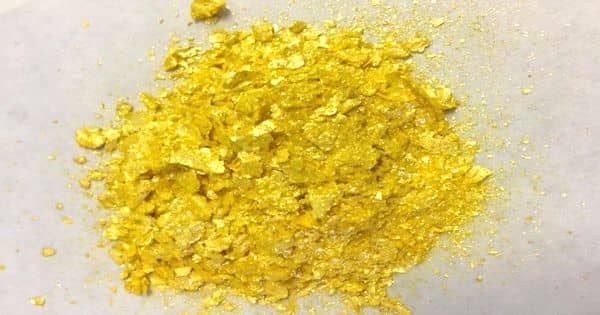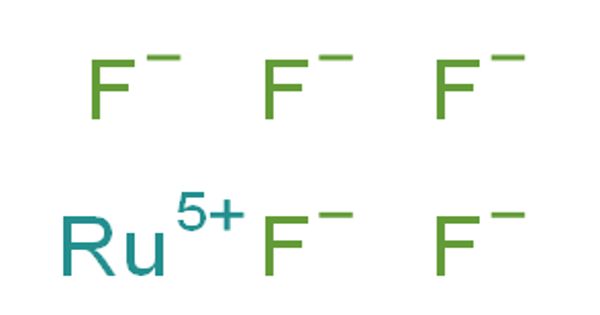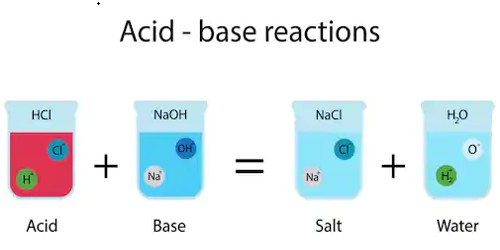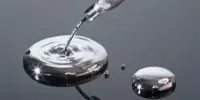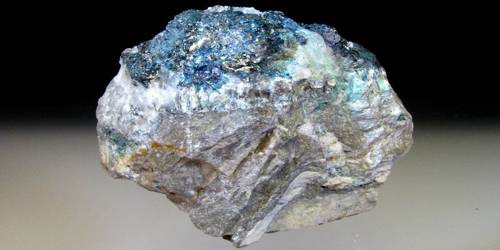Lead(II) iodide or lead iodide is a salt with the formula PbI2. It appears as a yellow crystalline solid. At room temperature, it is a bright yellow odorless crystalline solid, that becomes orange and red when heated. It is insoluble in water and denser than water. It was formerly called plumbous iodide.
It is a very rarely used compound semiconductor, which appears bright yellow at room temperature. The compound currently has a few specialized applications, such as the manufacture of solar cells and X-ray and gamma-ray detectors. It is promising as a high-efficiency solid-state detector; however early devices were limited by material imperfections and impurities.
Properties
Lead iodide is a crystalline solid, odorless, and yellow in color. It is decomposed by light at moderately high temperatures and this effect has been used in a patented photographic process. It is soluble in boiling water and potassium iodide. It is insoluble in water and denser when compared to water.
- Molecular Weight: 461
- Appearance: bright yellow powder or beads
- Melting Point: 402 °C, 675 K, 756 °F
- Boiling Point: 872 °C, 1145 K, 1602 °F
- Density: 6.16 g/cm3
- Solubility in H2O: N/A
- Exact Mass: 461.785572
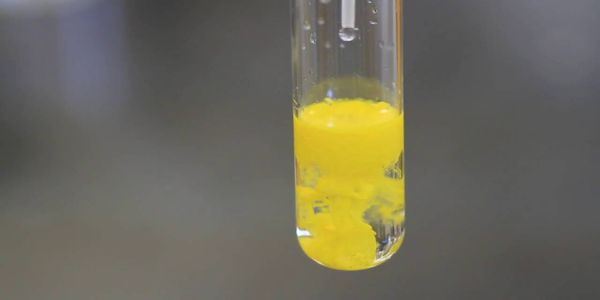
Preparation
PbI2 is commonly synthesized via a precipitation reaction between potassium iodide KI and lead(II) nitrate Pb(NO3)2 in water solution:
Pb(NO3)2 + 2 KI → PbI2 + 2 KNO3
At room temperature, potassium nitrate is soluble whereas lead iodide is insoluble and therefore it undergoes precipitation. While the potassium nitrate KNO3 is soluble, the lead iodide PbI2 is nearly insoluble at room temperature, and thus precipitates out.
The compound can also be synthesized by reacting iodine vapor with molten lead between 500 and 700°C.
A thin film of PbI2 can also be prepared by depositing a film of lead sulfide PbS and exposing it to iodine vapor, by the reaction
PbS + I2 → PbI2 + S
The sulfur is then washed with dimethyl sulfoxide.
Applications
The applications of lead iodide are in printing, bronzing, mosaic gold and photography. It is also used as a detector for high-energy photons such as X- rays and gamma rays.
- It is used as precursor in the fabrication of solar cells.
- It is used as an organic solvent.
- It is used in the manufacturing of thermoelectric materials.
- It is used in printing.
- It is used to record optical images in films.
Lead iodide was formerly employed as a yellow pigment in some paints, with the name iodide yellow. However, that use has been largely discontinued due to its toxicity and poor stability.
Toxicity
Lead iodide is very toxic to human health. Ingesting large amounts of this compound results in irritation of the alimentary tract. Ingestion will cause many acute and chronic consequences characteristic of lead poisoning. It is non-combustible and when heated to decompose it produce toxic and corrosive fumes. Lead iodide is an inhalation hazard, appropriate respirator should be used when handling powders of lead iodide.
Information Source:
